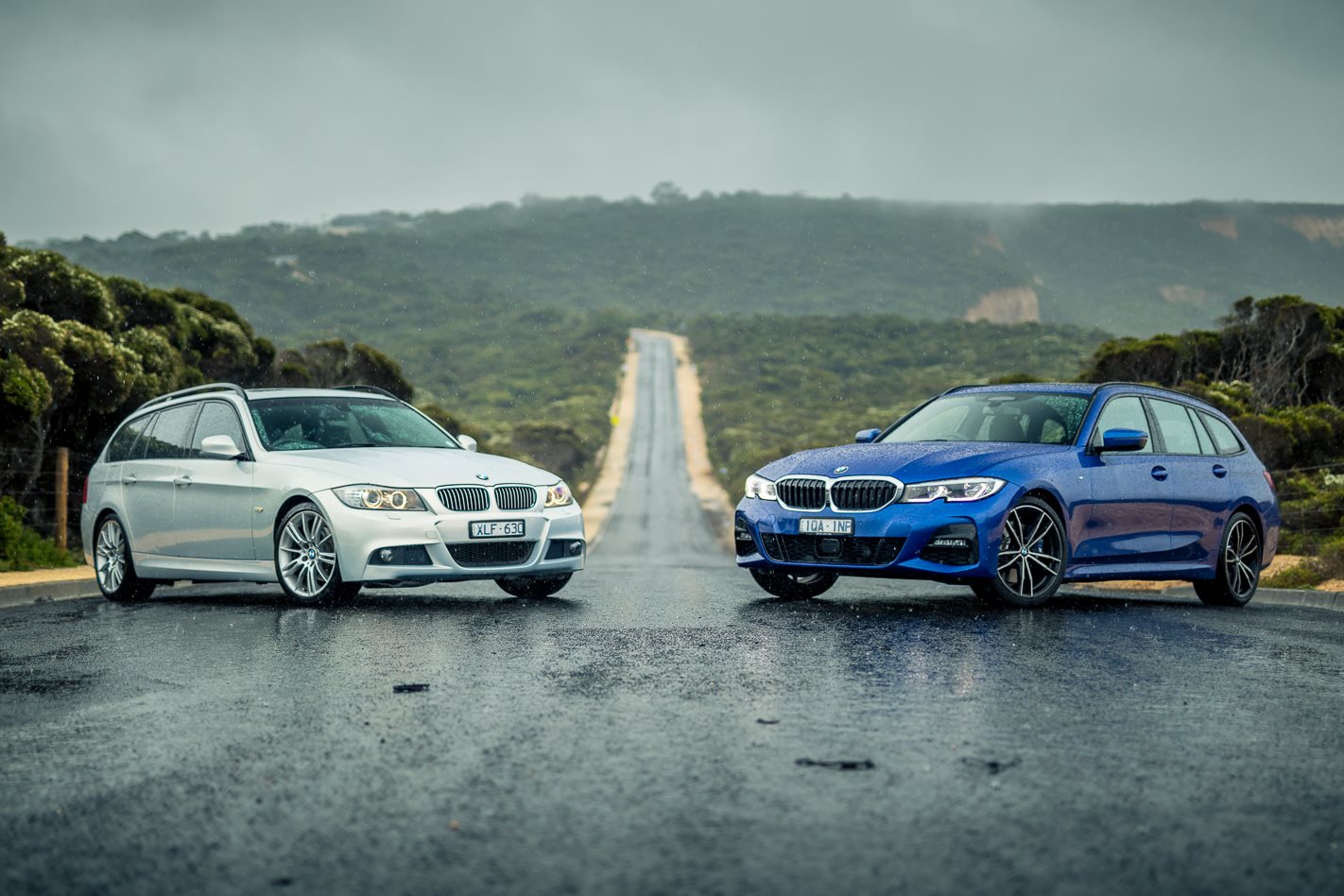
There’s a reason the BMW 3 Series nameplate is so revered.
Mention the name in automotive circles and people get preachy, shouting its attributes and successes both on- and off the racetrack.
More often than not, most have a story to share about the car that singularly defined the brand (and the sports sedan segment) to what it is today.
But while we look back on the 3 Series lineage with fluttery eyes and a knowing nod today, is the current G20-generation worthy of the same appreciation?
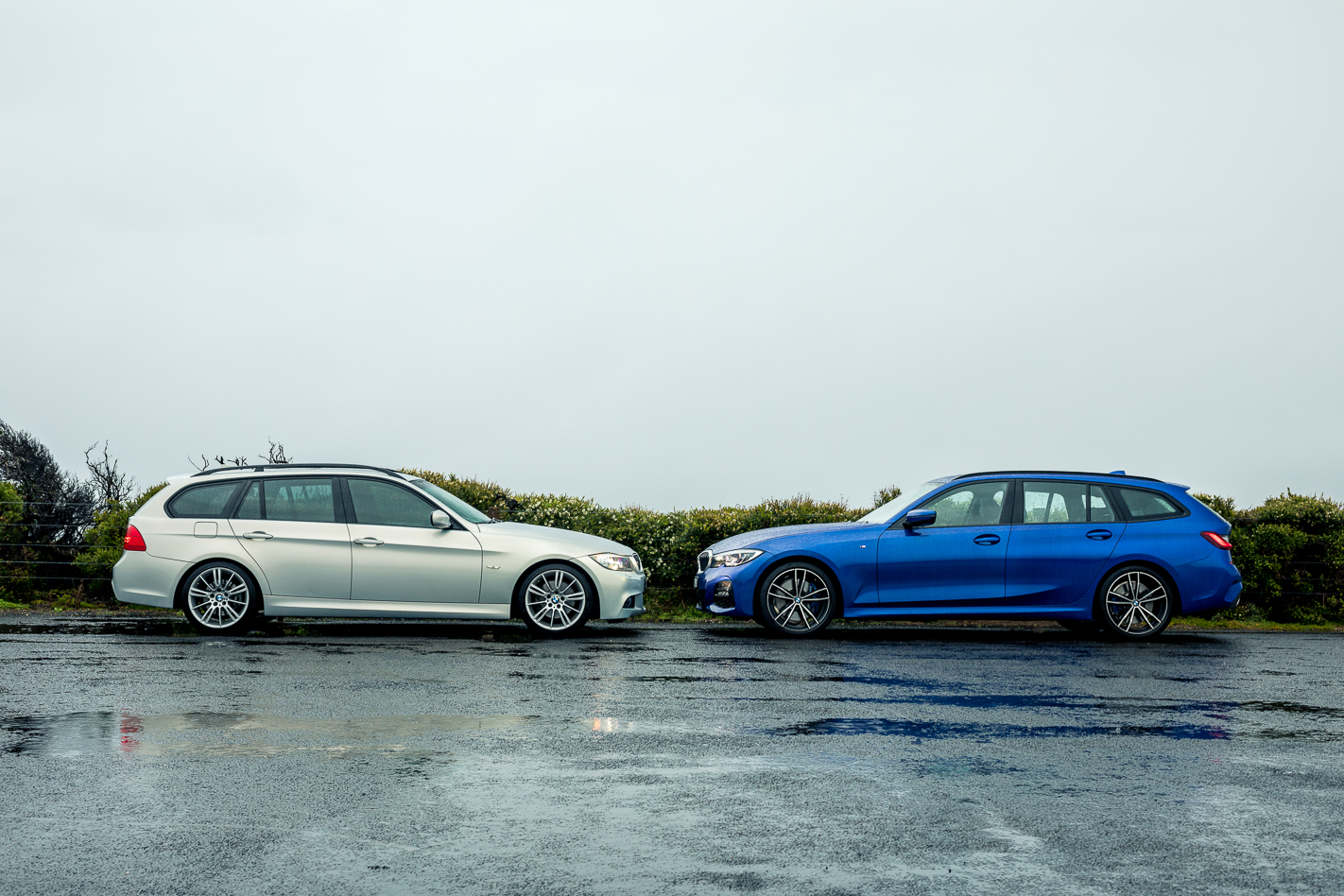
All photos: Alastair Brook
There’s precedent for being apprehensive. The direction that BMW’s headed now is vastly different from where its priorities lay before.
A greater emphasis is being placed on technology, space and engine tech to compete with a set of competitive cutting-edge rivals.
But in focusing so hard on what everyone else is doing, has the BMW 3 Series managed to keep a hold on what made it so great?
Comparing a new 2020 BMW 330i Touring to my own 2009 BMW 323i Touring ought to let us know.
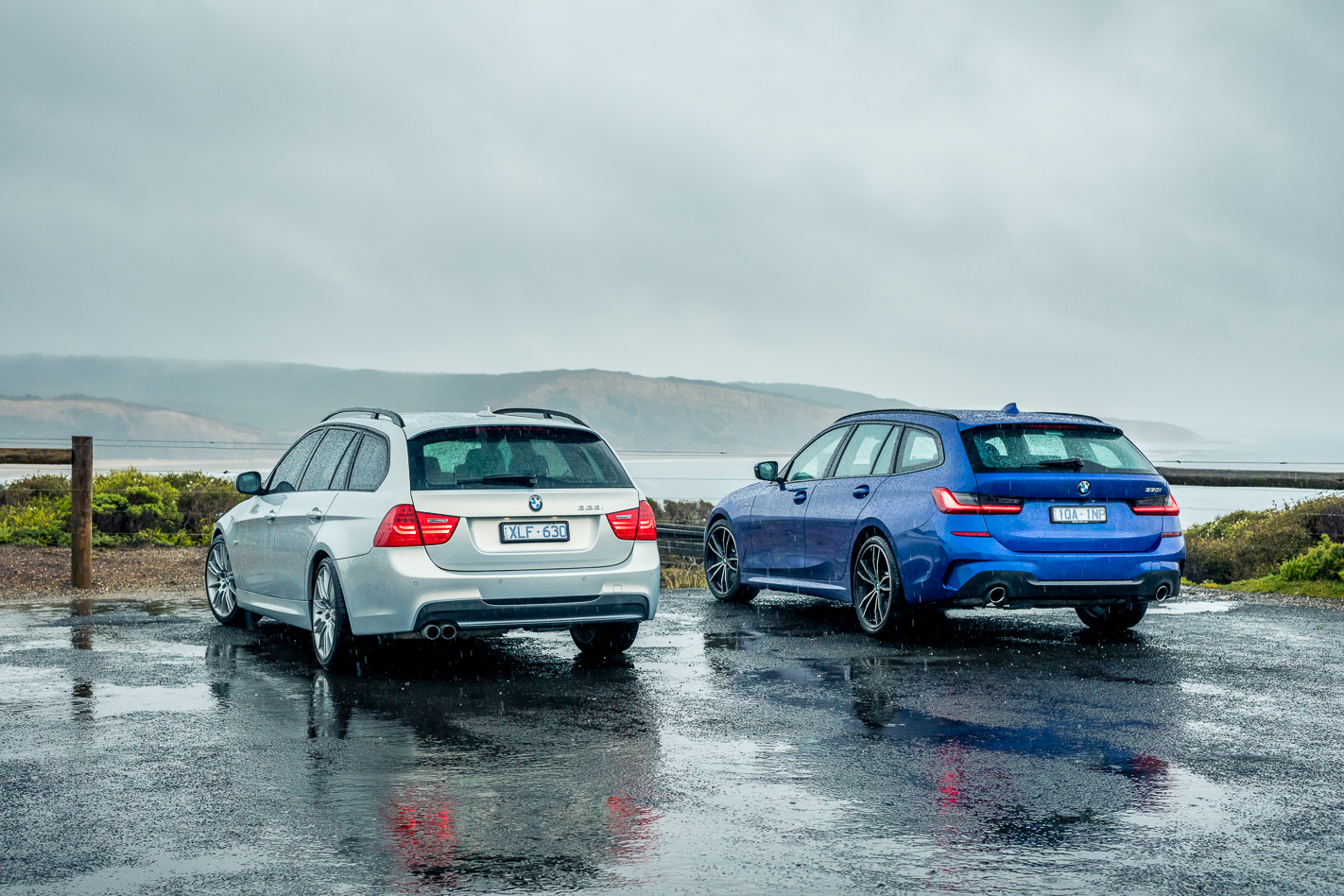
Both cars are similarly matched – not quite at the top of their respective model lines, yet the 330i is the second-best 3 Series you can buy and the 323i more or less found itself in the same position when it as on sale 10 years ago.
With that, the 323i Touring (codenamed E91) is a good yardstick to measure 10 years of progress against.
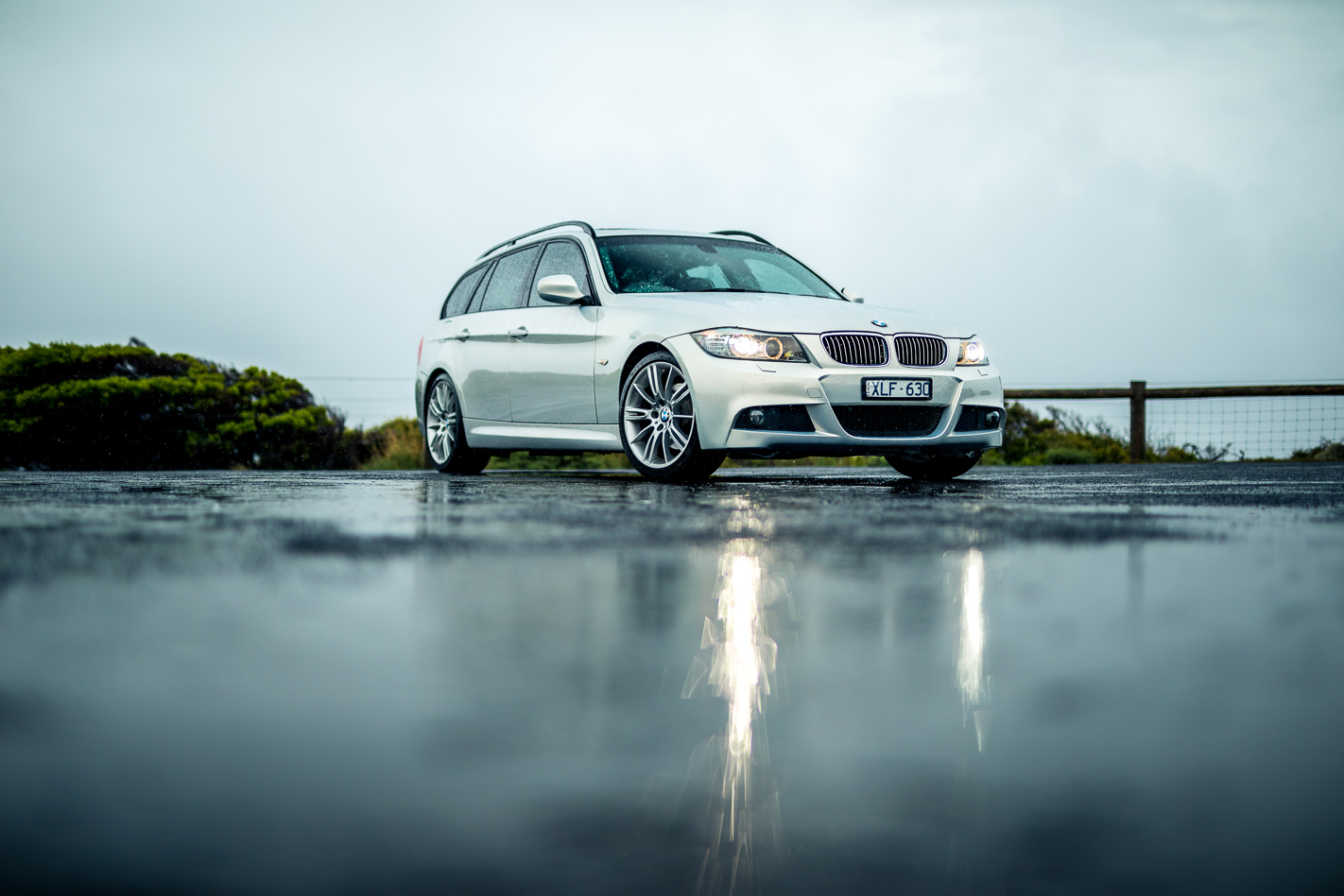
Some of the most noticeable changes you can immediately see on the new 330i (codenamed G21) is it has grown physically larger.
Standing the two side by side, the E91’s shape is taut while the G21 is bulgier in a number of areas, and there’s been a substantial change in dimensions as well.
The G21 is nearly 200mm longer, 20mm taller, 10mm wider and 40 kilograms heavier (now 1538kg) than the E91.
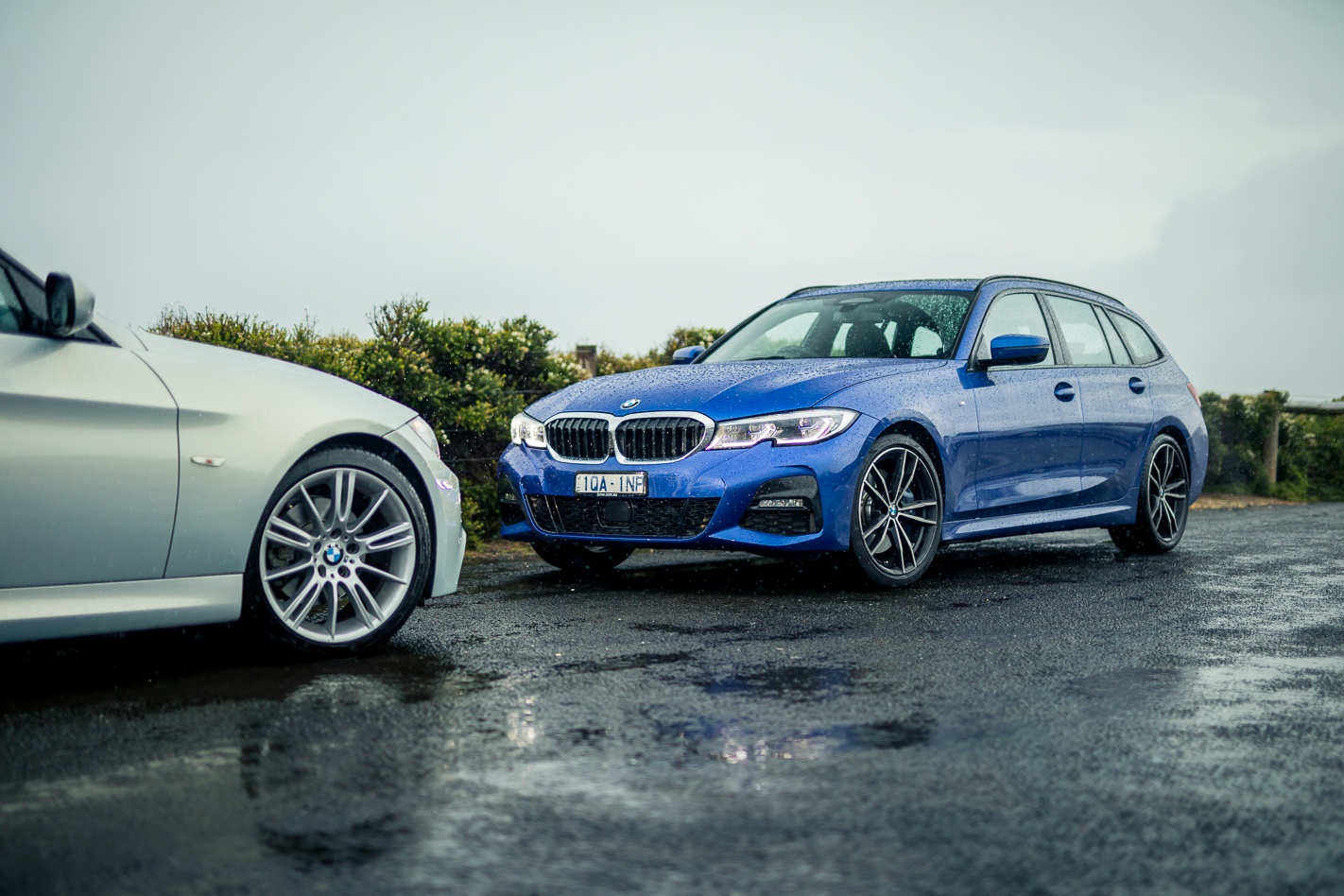
Interior space has benefitted majorly because of those changes, packing much more room for both the front and second rows, which is important for families who might be trying to buck the SUV trend.
It’s amusing comparing the two cabins and witnessing the massive change in design and technology. BMW was often chastised for its outdated interiors, but the G21-generation has addressed the complaints head-on with a much more tech-minded interface and forward-thinking design.
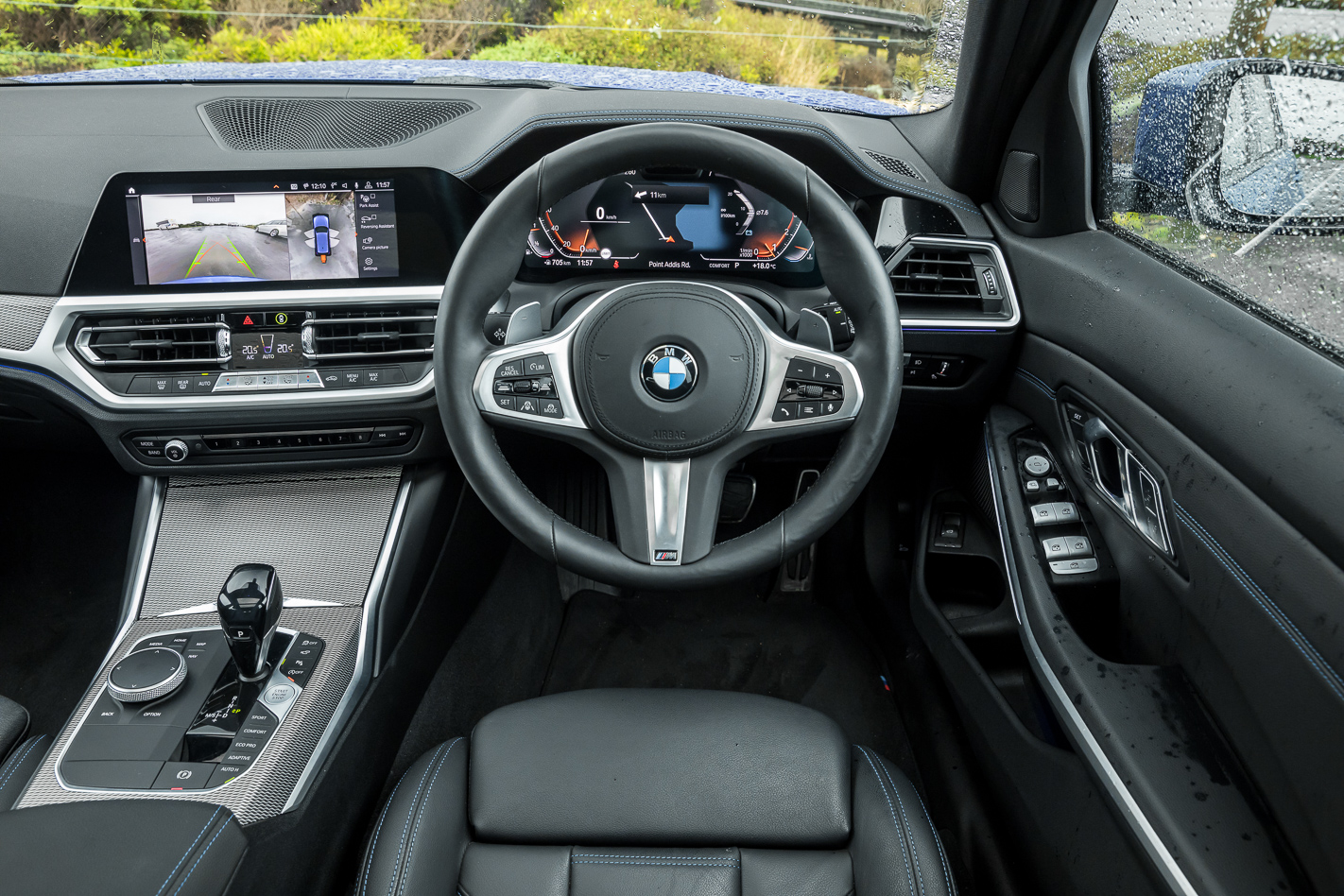
The gap between the two in terms of infotainment is like comparing a Nokia 3310 to an iPhone.
The G21 tech suite is far superior in every way; internet connectivity, applications and the sheer amount of features thoroughly eclipses that of the E91, whose greatest tech boast is a system that can check the engine’s vitals digitally… and which is mostly wrong.
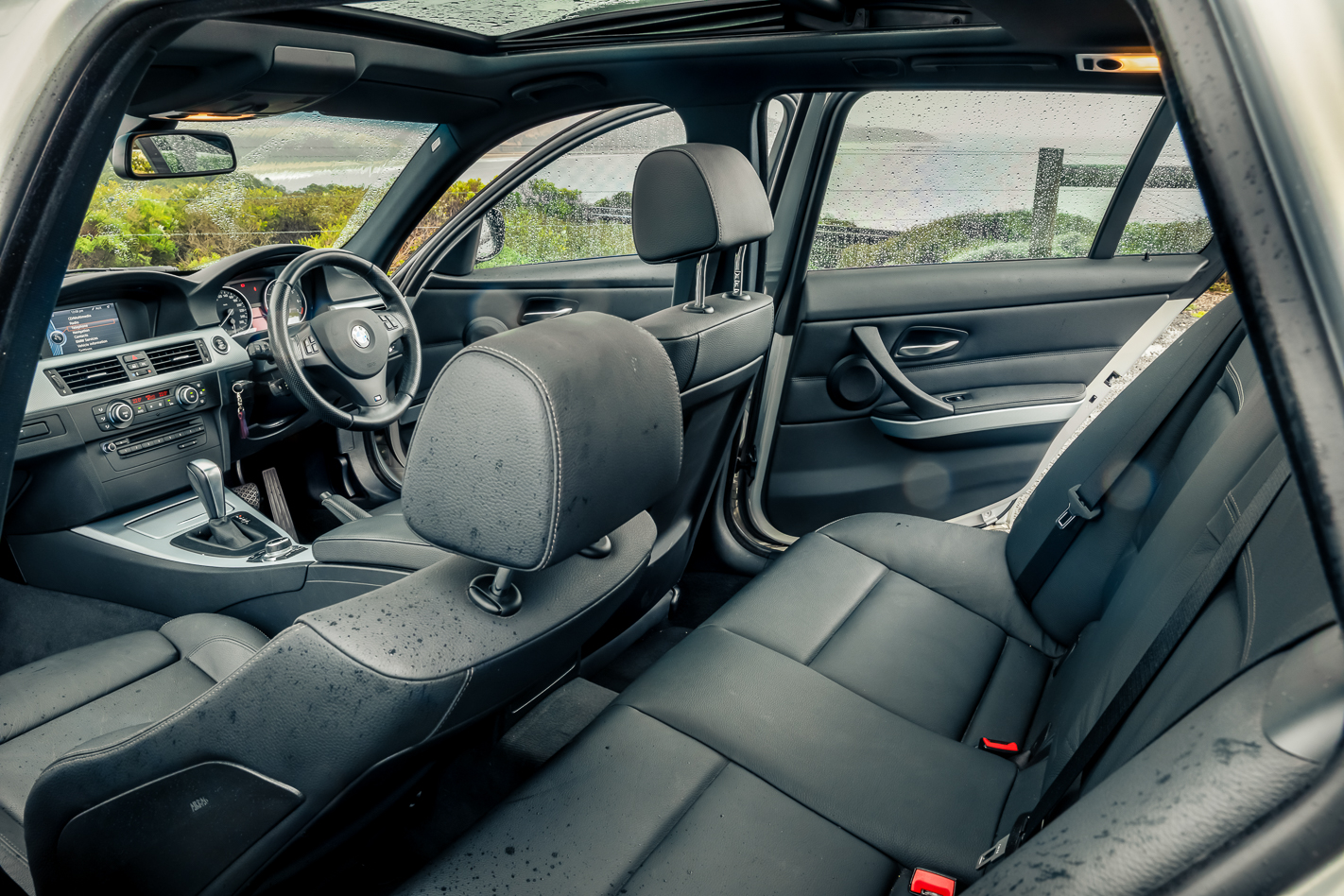
At the same time, the G21 hasn’t strayed too far from familiarity.
I feel completely familiar jumping between the old and new cars, so upgraders aren’t going to have a hard time coming to terms with the new layout.
However, in refreshing the interior, some unique aspects have been lost.
Gone are the cool Porsche-esque cupholders that pop out of the dash, replaced with conventional centre console ones, while the mechanical cruise control indicator that would swing around to the appropriate point on the speedo is replaced with a fully-digital 12.3-inch instrument cluster.
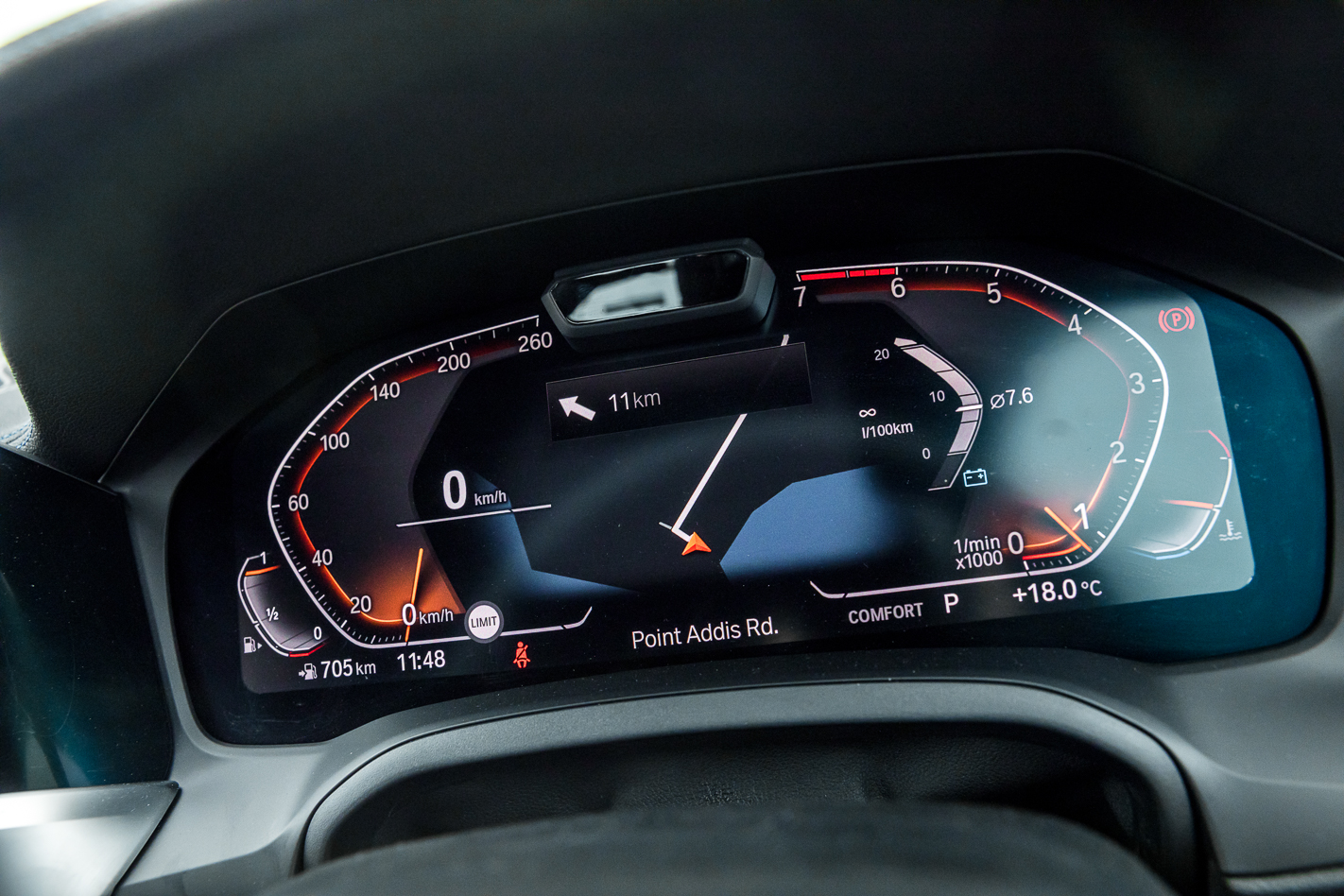
In terms of feel, similar driving positions are experienced in the hot seat, which means a nice, low and planted seat and great adjustability of seat and steering wheel.
IAnd while the steering wheel in the E91 is thick, the new tiller in the G21 is on another level.
My E91 has held up remarkably well over 90,000km with good build quality and tough materials, and if the G21 can hold together like its forebear over the next ten years then it’ll be doing well.
The ‘same same but different’ theme continues into how the two cars drive.

Of course, it’s impossible for things not to change over a 10-year timespan, but every so often you catch a recurring characteristic between the new and old.
more about the BMW 3 Series range
The powerplant has arguably seen the most drastic improvements – the G21 330i uses a 2.0-litre turbocharged four-cylinder engine that – thankfully – still sends power to the rear wheels.
The 190kW/400Nm outputs are sent through an eight-speed automatic transmission and those numbers are well-up on its predecessor.
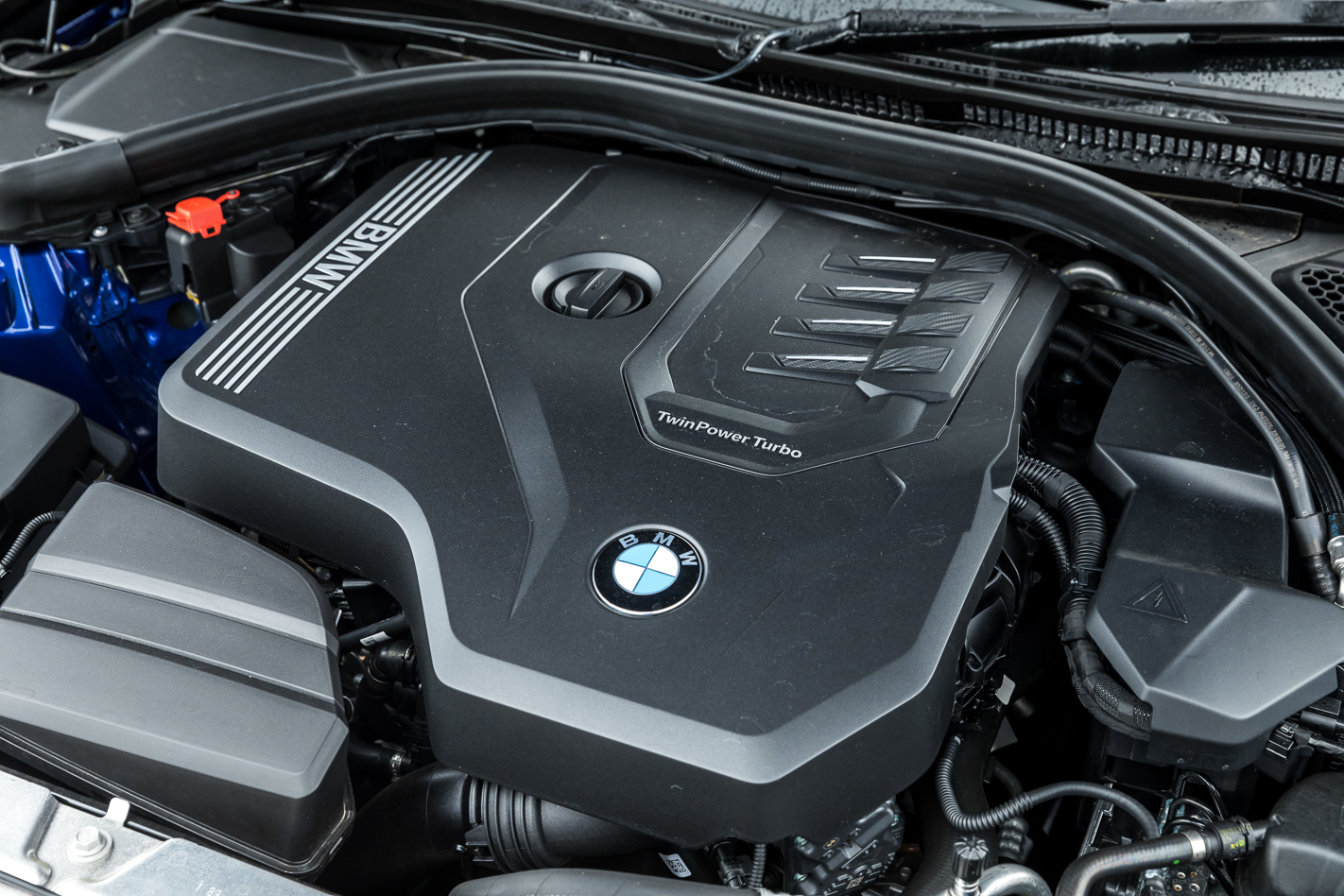
The engine in the E91 323i is prehistoric in comparison, subscribing to the ‘no replacement for displacement’ old school of thinking.
It uses a 2.5-litre naturally-aspirated six-cylinder engine that sends 140kW/250Nm to the rear wheels via a six-speed automatic transmission.
Suppose for a second that you weren’t completely convinced of the progress just in terms of numbers; put them into practice, though, and the difference is night and day.
The G21 feels remarkably sprightlier, hustles much harder and its transmission is more intuitive than the E91. The E91 feels underpowered and overworked by comparison, despite being the lighter car.
Torque feel and transmission behaviour of the G21 are the two main ‘seat of the pants’ noticeable improvements; it’s far easier to overtake in the newer car and to power out of corners and up hills.
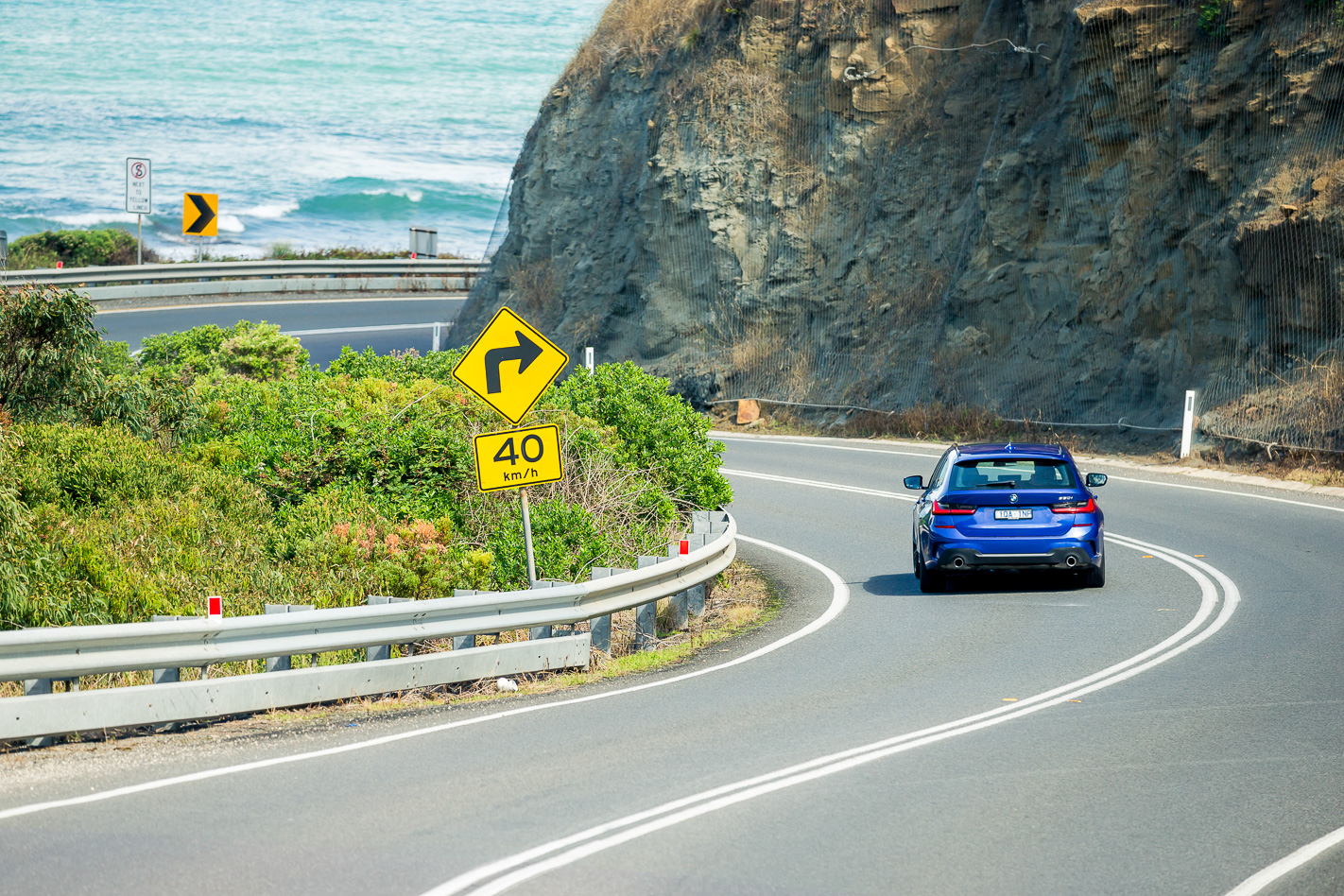
To get the same feeling from the E91, you have to work a lot harder.
The best of the E91 is found in sports mode, whereas the G21 can boogie no matter what mode you’re in.

It’s hard to believe, but the G21 even sounds pretty decent for a turbocharged four-cylinder engine. It’s never going to sound as good as the famed BMW six-cylinder of the E91 which warbles out a sonorous note as you rise through the rev range.
Surprise surprise, the efficient four-cylinder of the G21 (7.6 litres per 100km) beats out the older six-cylinder of the E91 (12.8 L/100km) for fuel consumption as well.
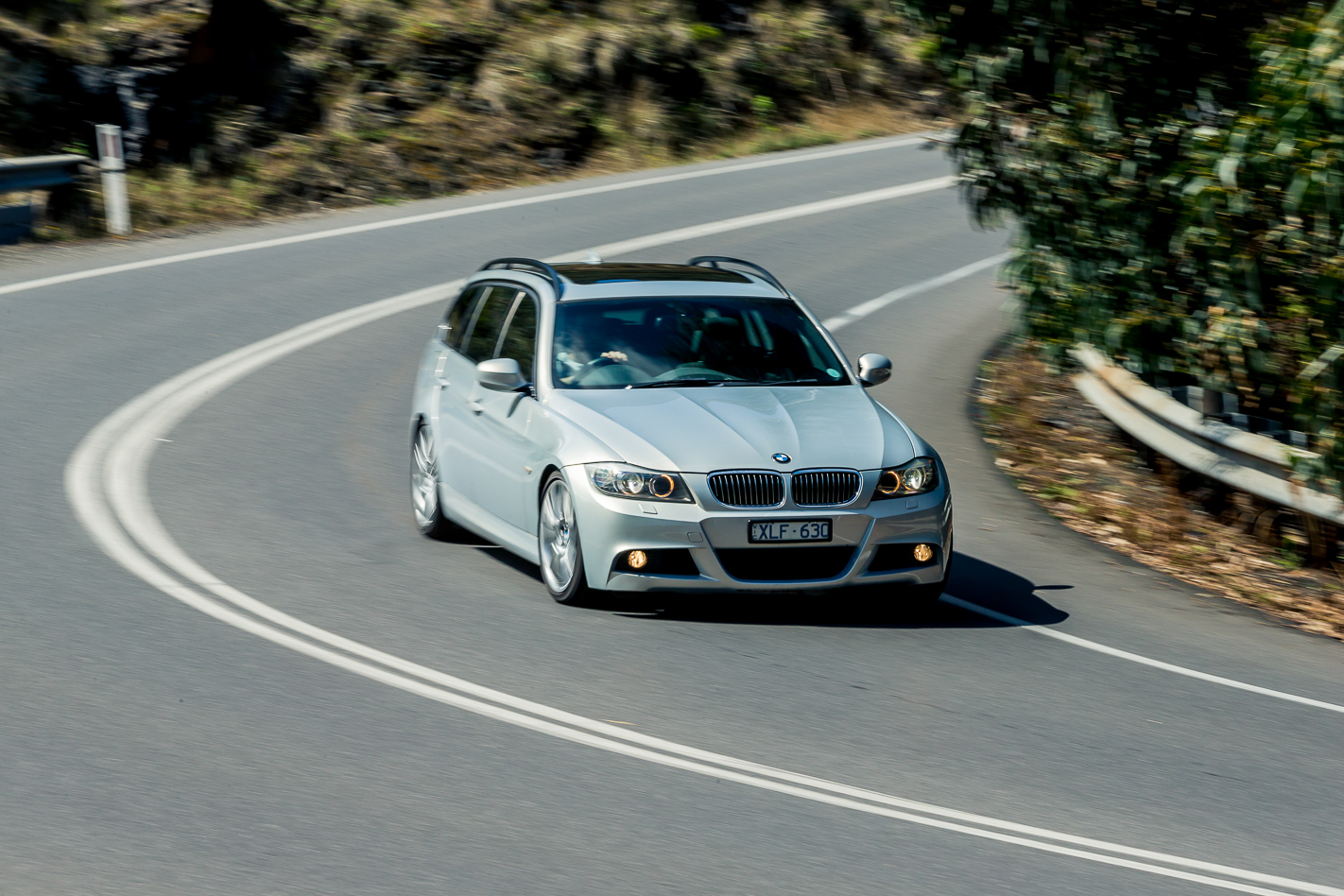
Things haven’t changed nearly as much with how the old and new cars handle, though.
Both feel innately planted through bends with little body roll and impressive turn-in for a family wagon.
Steering in the E91 is incredibly heavy and feelsome which is a great attribute to have when attacking corners, though that weight does become arduous around town when trying to reverse park.
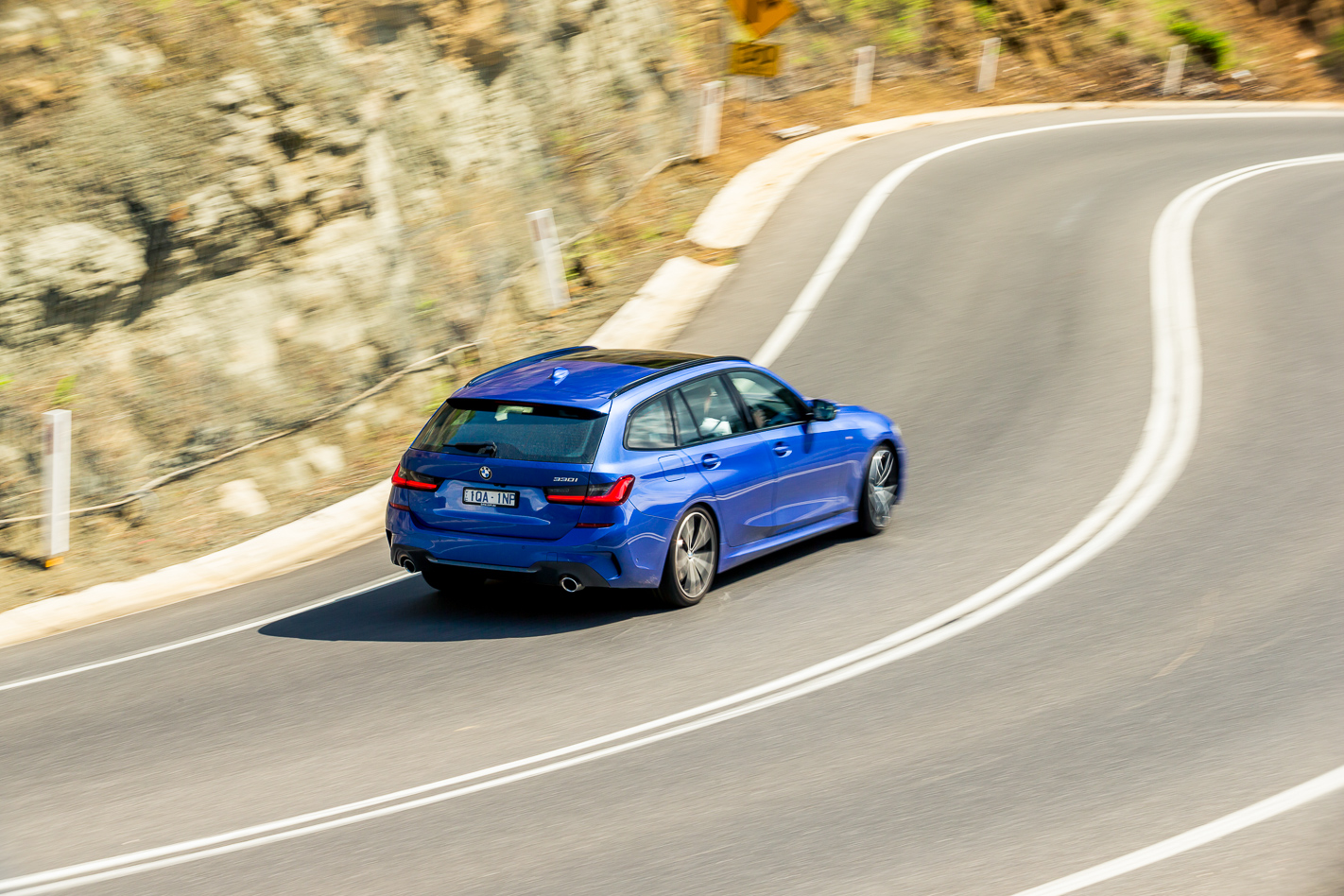
The button-laden steering wheel of the G21 is much easier to turn while retaining a similar weight, but is far nicer to handle around suburbia.
Both cars sport the dynamic M Sport package which includes a firmer suspension tune, and the comfort levels suffer to an extent because of it. The E91 feels jittery over light bumps and can crash over some of the larger road-joins, but feels impressively tight for its age.
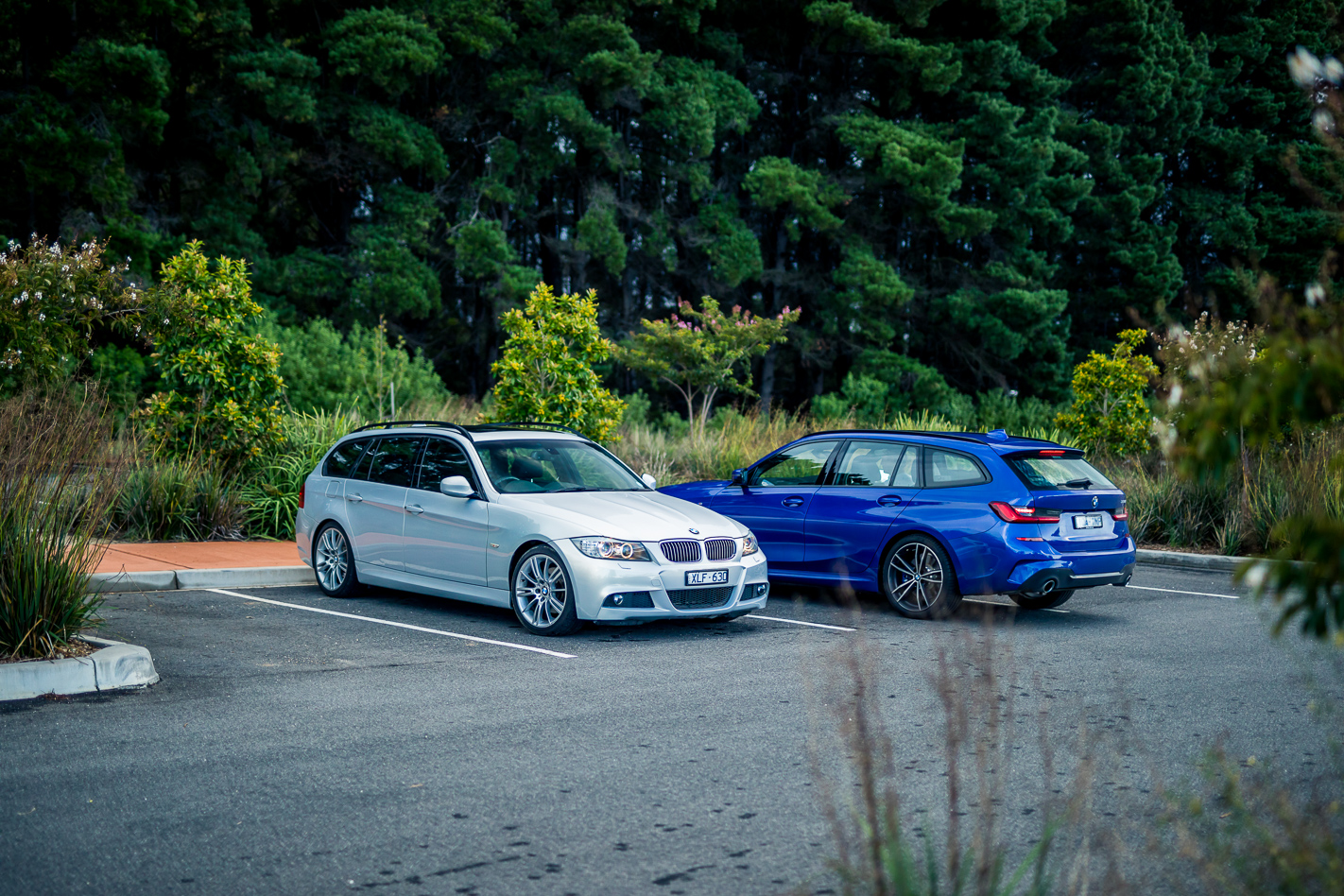
There’s not much forgiveness from the G21, which feels too rigid over speedbumps and rebounds hard. But it does iron out the smaller bumps well to be a comfortable freeway cruiser.
Between the two of them, the sports wagon is well represented. Without getting into M, AMG or RS territory, it’s hard to think of another wagon that can trouble the Touring on sheer sporting ability.
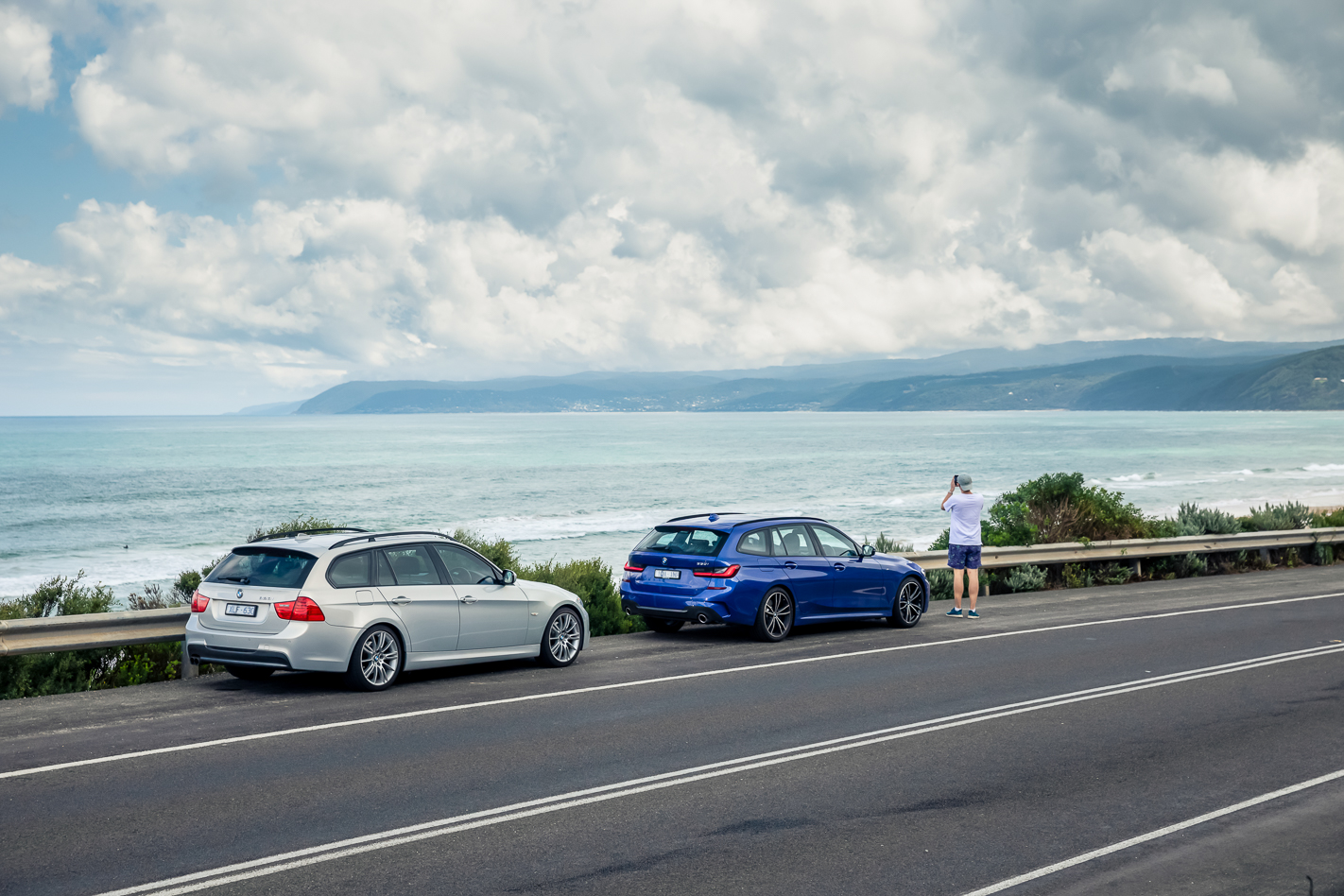
There’s no doubting the improvements BMW has made to the 3 Series over the last decade which are so illuminated by putting these two cars side by side.
But in all that change, it’s great to see similarities between the two.



